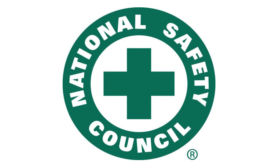Environmental Health and Safety
A NIOSH Science Blog post
Partnering to educate English-language learners in Alaska on worker safety and health
November 6, 2019
Become a Leader in Safety Culture
Build your knowledge with ISHN, covering key safety, health and industrial hygiene news, products, and trends.
JOIN TODAYCopyright ©2025. All Rights Reserved BNP Media.
Design, CMS, Hosting & Web Development :: ePublishing










